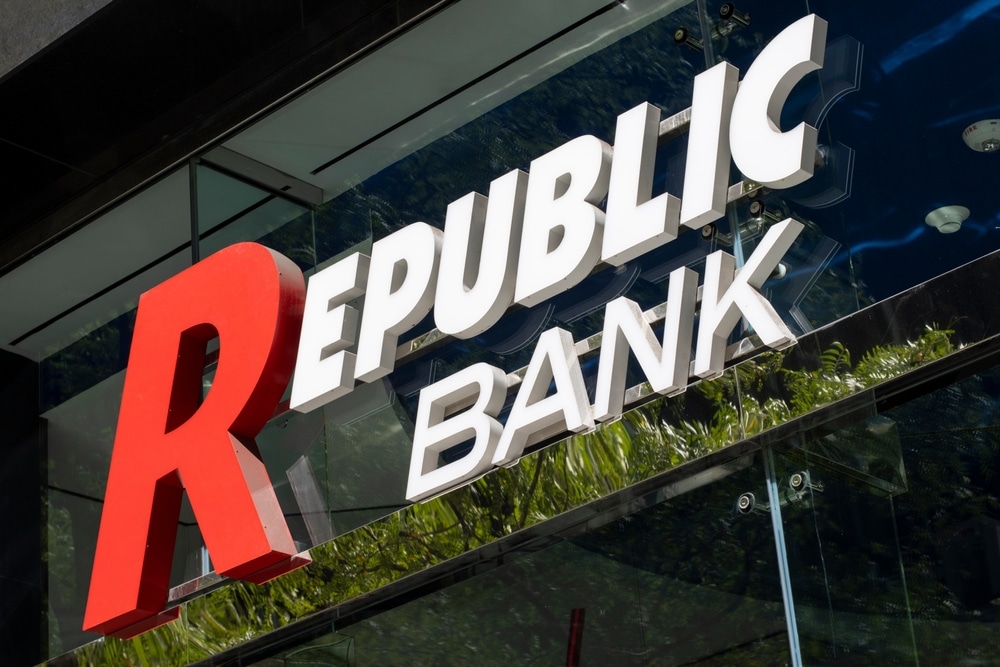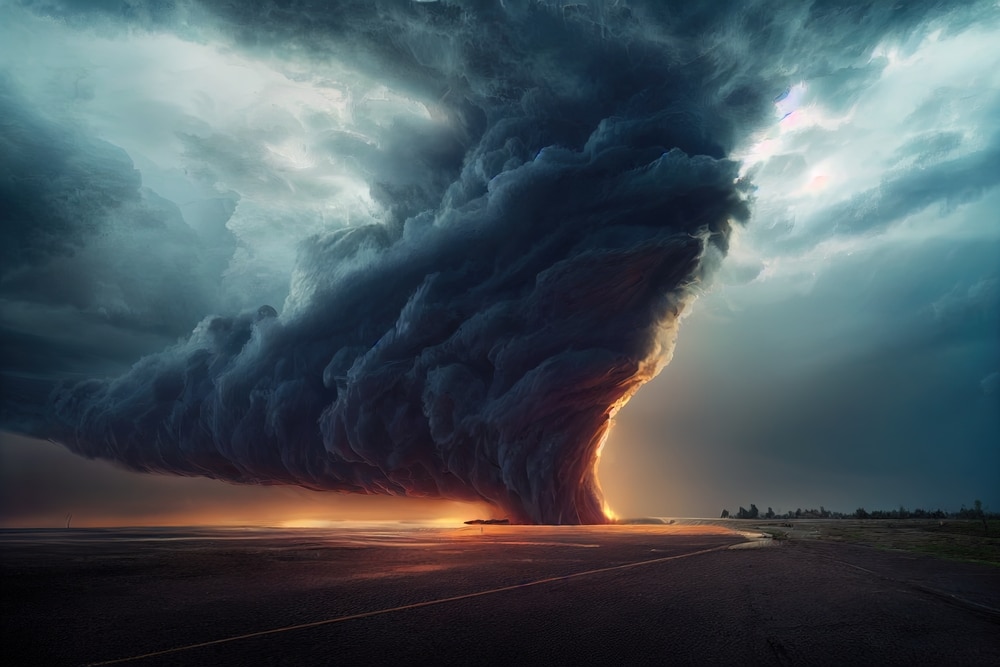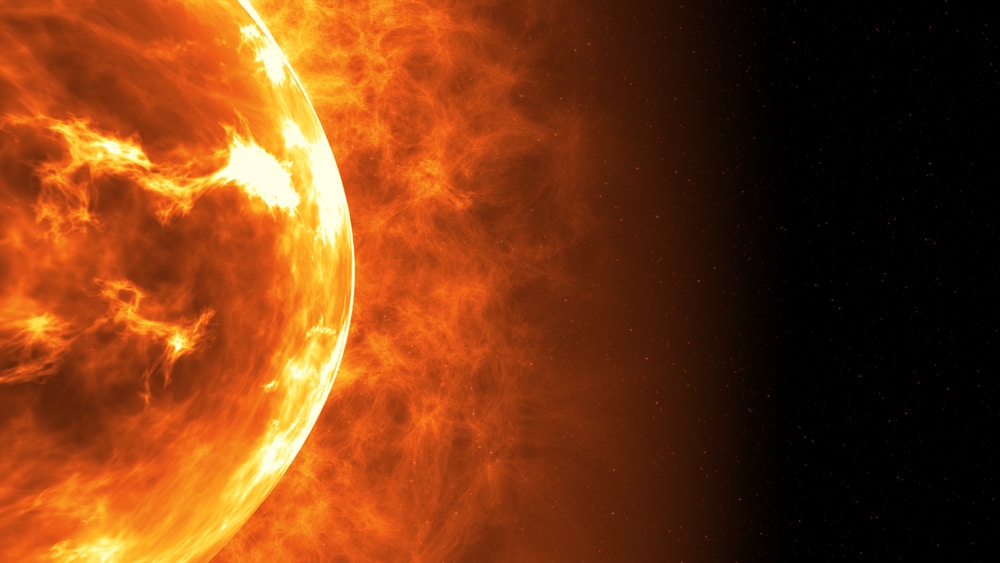The world’s largest and most powerful particle accelerator is set to smash protons together on April 8 to search for invisible particles secretly powering our universe.
Theories have suggested there are 17 different particle groups and the European Organization for Nuclear Research, better known as CERN, confirmed the existence of one using its Large Hadron Collider (LHC) in 2012.
Now, the team has restarted the LHC after a two-year hibernation with hopes of unraveling more mysterious – specifically dark matter.
Scientists began preliminary tests by sending billions of protons around the LHC’s ring of superconducting magnets to boost their energy and ensure the $4 billion machine was in working condition.
And next month, CERN will shoot them down a 17-mile-long tunnel at nearly the speed of light to recreate conditions a second after the Big Bang.
The LHC will continue the experiment until later this year when it will then be put under a long hibernation for CERN to transform it into the next version – the High Luminosity LHC (HL-LHC).
The accelerator sits 300 feet underground at the border of France and Switzerland and first went live on September 10, 2008.
The LHC works by smashing protons together to break them apart and discover the subatomic particles that exist inside them, and how they interact.
Scientists turned on the powerful machine this month, injecting it with several proton beams.
CERN researchers use protons due to them being heavier particles.
The weight allows much lower energy loss per turn through the accelerator than other particles like photon.
On March 8, teams from around the world waited inside the underground lab for a glimpse at the beams circling inside the ring of the LHC.
The circular shape was by design as it allows for more time to accelerate the beam of particles so higher energy can be reached.
But the first attempt this month did not go as planned after the beam only made it partially around.
But this month’s experiments proved the beam trajectory was off as it did complete a full circle.
But after tinkering with the mechanics, the team watched in wonder as the beam circled the accelerator in less than 20 minutes.
At full power, trillions of protons will race around the LHC accelerator ring 11,245 times a second and travel just seven miles per hour less than the speed of light.
On April 8, the team will send the beams through the tunnel where they will collide.
The team will be on the hunt for dark matter, which makes up around 28 percent of our massive universe – but it has never been seen or proven.
This work will give them insights into the formation of the universe and even its ultimate fate.
The experiment is scheduled to occur the same day as the Great North American Solare Eclipse.

















